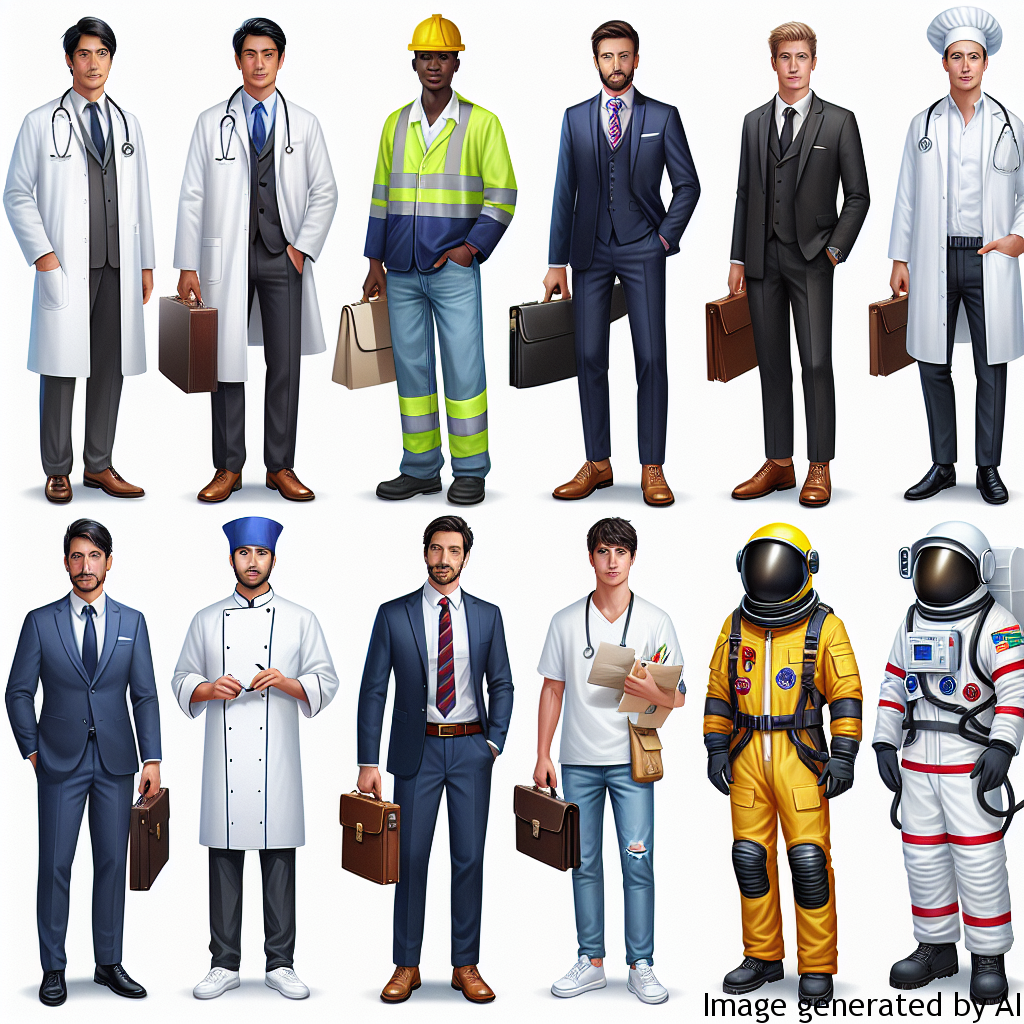Introduction
Fashion in the workplace can speak volumes about the culture, contributions, and expectations of an organization and the individuals within it. Men’s fashion in particular can significantly vary across different professions, influenced by both traditional and modern gender expectations. For working men, their choice of clothing is often more than just personal style, it can be a mirror to societal norms and pressures associated with masculinity and professionalism.
Description of Gender Expectations and their Influence on Men’s Psychological Health
Despite dramatic shifts in societal attitudes, gender expectations still play a substantial role in dictating what is ‘appropriate’ for males, and what is not. These preconceived norms can significantly affect men’s psychological health.
Workplace Expectations
In the professional arena, men are often expected to dress in attire that exudes power, authority, and seriousness. This is to conform to traditional expectations of masculinity. These pressures can result in stress, anxiety, and identity issues for men troubled by balancing their personal style with what is perceived as ‘professional’.
Social Expectations
Socially, men are customarily seen as nonchalant towards fashion. However, this couldn’t be further from the truth – men often face criticism for being ‘over-dressed’ or for venturing too far away from convention, impacting their self-esteem and mental well-being.
Examples of how Gender Roles can Affect Men’s Lives
Gender roles, specifically in terms of fashion, can significantly restrict men’s lives. For instance, men working in the corporate world are usually expected to wear suits. This formality, while being a symbol of professionalism, can absolutely limit personal expression. In industries like art and fashion, men can find more liberty to experiment, however, they can also be subjected to adverse judgment, and criticism outside of their work.
Tips for Improving Psychological Health with Consideration to Gender Roles
While gender expectations can influence men’s professional attire choices, it’s important to remember that mental health should always come first. Here are some tips:
-
Comfort First: Regardless of the profession, comfort is key. Choosing clothing that fits well and feels good can enhance confidence and boost overall morale.
-
Experiment: Don’t be afraid to be a little adventurous with your attire. Inject a bit of personal style into your professional wardrobe. Experimenting within the boundaries of your workplace dress code can provide a sense of inspiration and fulfilment.
-
Support Network: Build a support network of colleagues and friends whom you can trust with your fashion choices. They can provide constructive criticism, confidence boosts, and a buffer against any negative comments.
Conclusion
Men’s fashion in various professions reflects society’s underlying narratives about masculinity, professionalism, and expectations of gender roles. Addressing these stereotypes and breaking the barriers of gender-based fashion constraints not only fosters personal expression but also aids in improving men’s mental health in the professional setting.

